The 12 Finalists of the Beaker Street Science Photography Prize

The Beaker Street Science Photography has revealed its 12 finalists that each tells a powerful scientific story.
The competition is based in Tasmania, Australia, and each picture focuses on rarely seen natural phenomena. A panel of judges will choose the winner, and there will also be a People’s Choice winner.
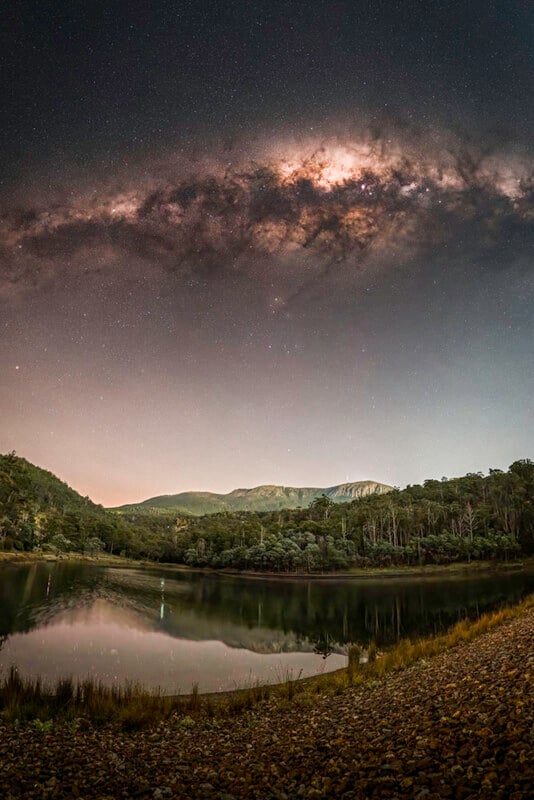
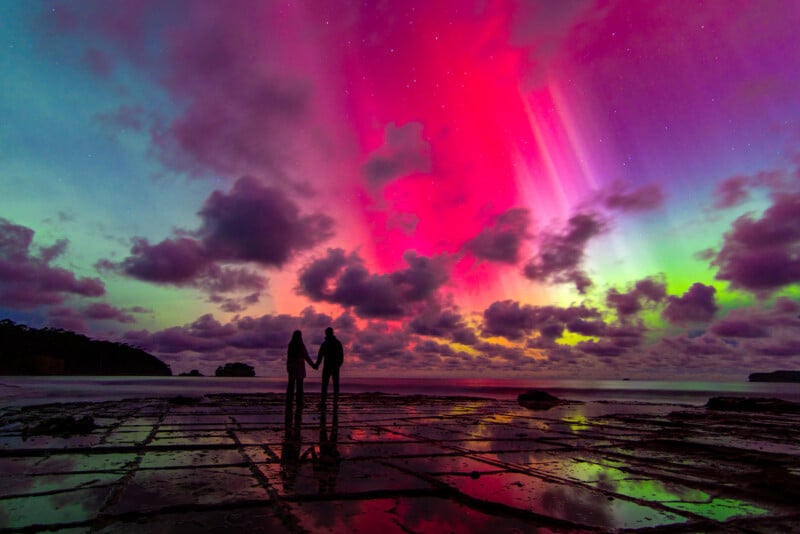
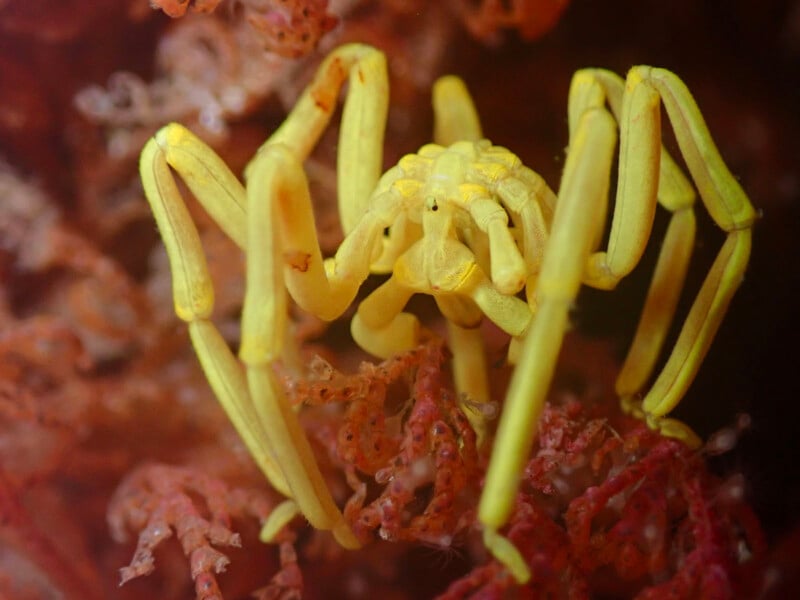
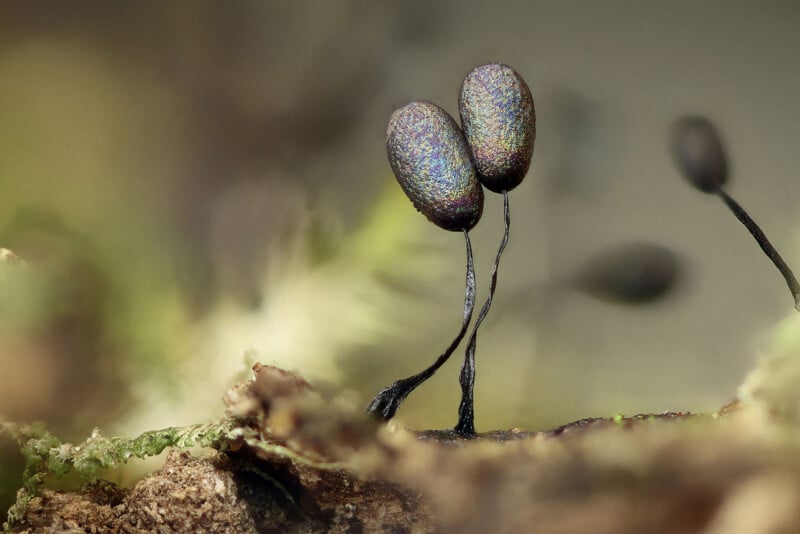
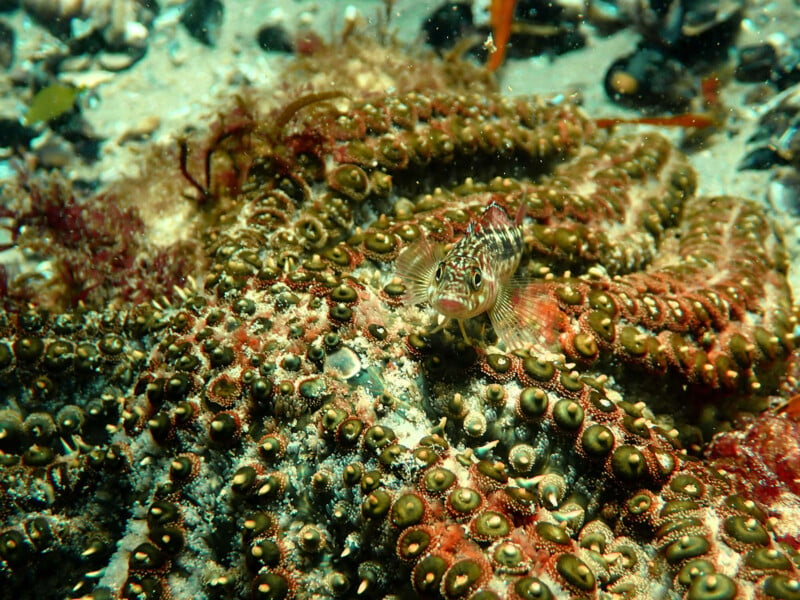
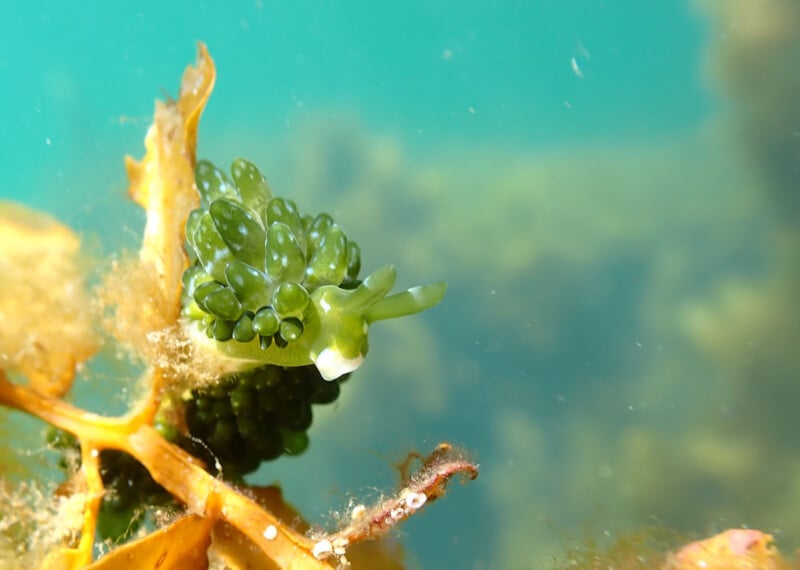
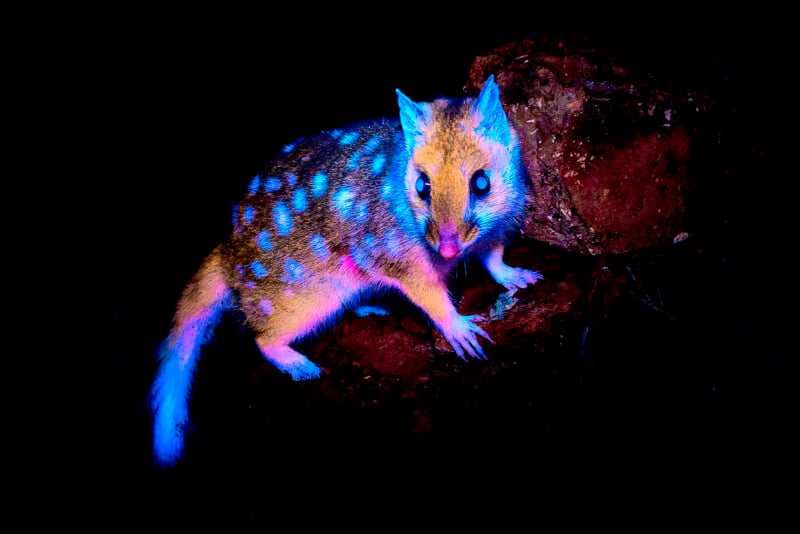
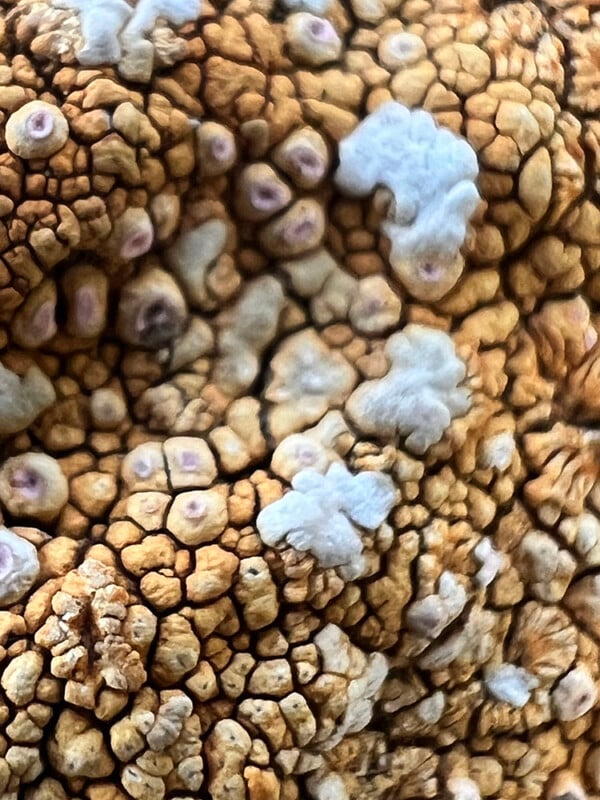
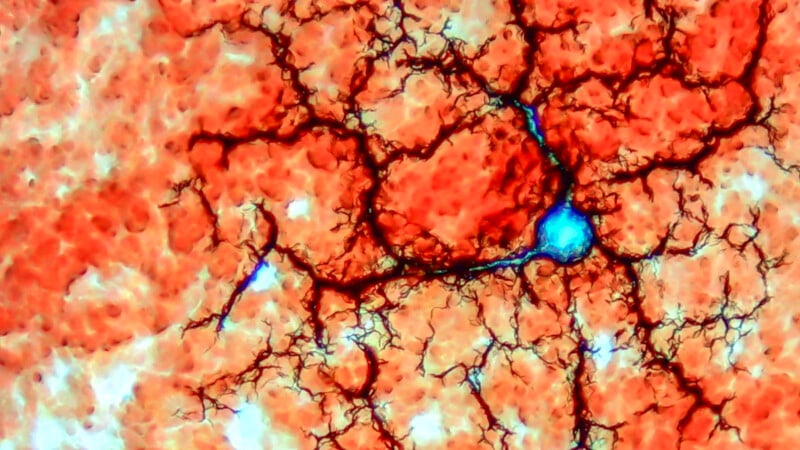
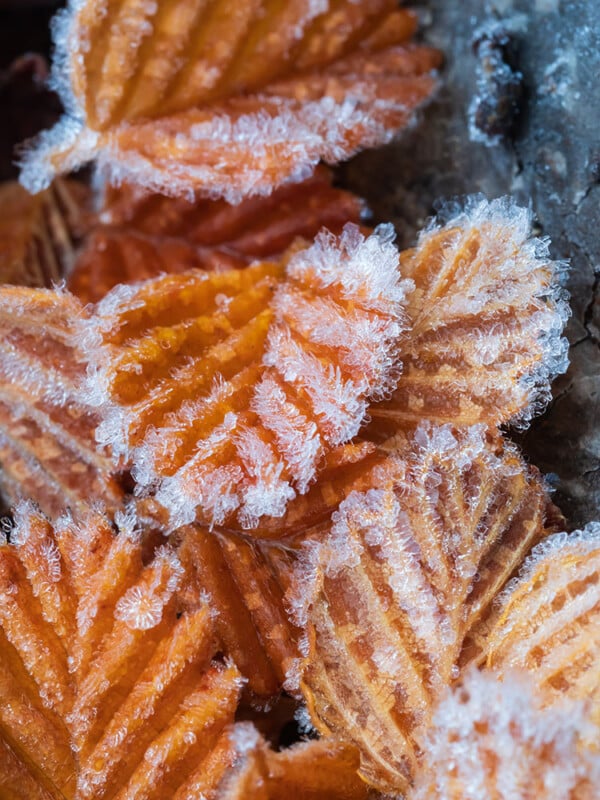
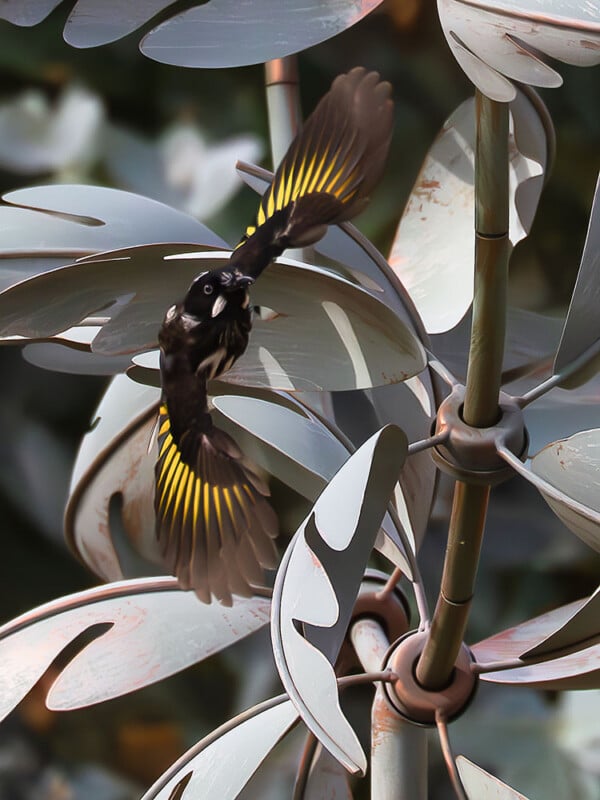
The 12 images will be on display at the Tasmanian Museum and Art Gallery from August 6 to August 31, after which time the winners will be announced.
Discussion